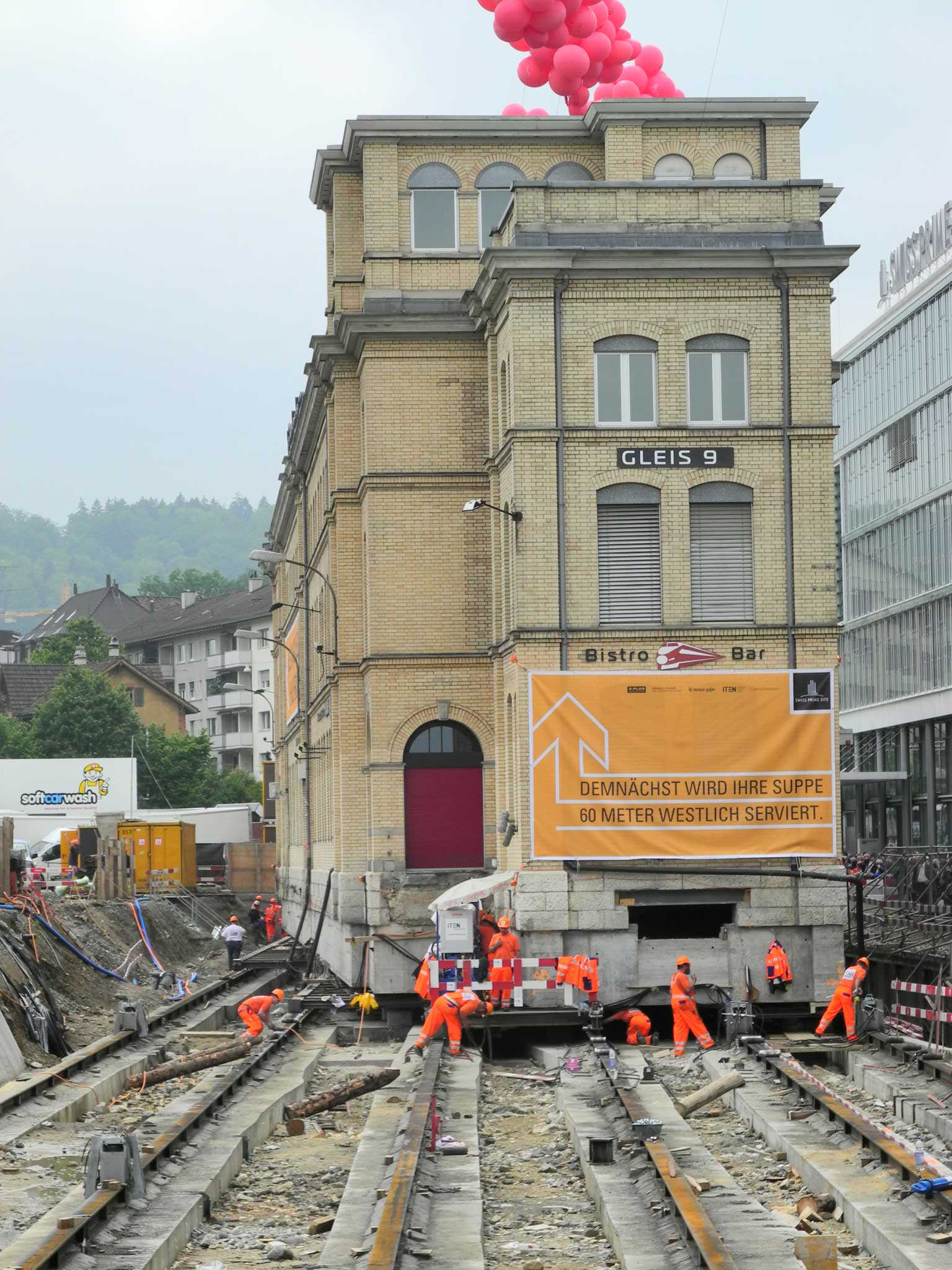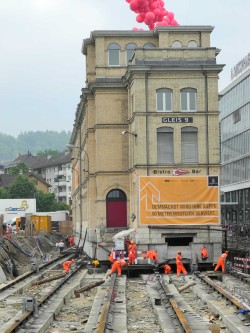
Computer science is a unique branch of engineering in the sense that programming by itself is not helping much. To actually write useful programs, one needs to understand what the programs are about. One of dangers of programming is having an erroneous model, and it is very easy to base a system on falsehoods. There are two very interesting posts about this on this subject on the web:
Here are some falsehoods about geography I found in software, the list is, by far, not exhaustive.
- Places have only one official name
- Some places have multiple languages, so multiple names, which can be quite different: Genève, Genf, Ginevra.
- Places have only one official name per language
- That might be true in an ultra-centralized state which never changes its mind. The hill behind my flat has two different names, depending on the maps. On the topographic maps (used by the army) the name is “Äntlisberg”, while on the city map, the name is “Entlisberg”, both are official. In Taipei, the romanized street names used to use different romanisation rules depending on the quarter, so the official street name changes.
- Place names follow the character rules of the language
- Place names are usually old, often created before the language and their rules have been stabilised, so this does not hold. For instance, the rule says in german the sequence “ue” is equivalent to “ü”. This rule works because the “üe” sound has died out in german. The hill over Zürich is named “Üetliberg” (and pronounced as such).
- Place names can be written with the usual character set of a country
- One of the Kergelen islands (part of France) is called Île de Croÿ, most french persons have no clue how to type the “ÿ” character.
- Place names can be written with the exhaustive character set of a country
- That would be true if streets where never named after foreigners with strange accents in their names. There is a Béla Bartók square in Paris. The “ó” is not valid in French.
- Places have only one official address
- There is a dam in Geneva that spans the Rhône and therefore the border. The dam has two street addresses, one in Switzerland, one in France.
- Countries have capitals
- Switzerland does not. The government is currently in Bern, but the city is not the capital.
- Buildings do not move
- In Zürich, a 6200 ton building was moved by 60 meters to make way for railway tracks
- Street adresses contain street names
- In many remote places in Europe, the hamlet name is considered a sufficient address.
- Language codes will match the country code of the country they are associated with
- The country code for Japan is
jp, the language code isja.
Edit: an interesting article about Falsehoods programmers believe about addresses.
Edit: Falsehoods programmers believe about online shopping…
Edit: Falsehoods programmers believe about text.
Gleis 9 in Zürich-Oerlikon (Switzerland) at the Oerlikon railway station moving to its new location – © Roland Fischer, Zürich (Switzerland) Creative Commons Attribution-ShareAlike 3.0 Unported (CC BY-SA 3.0).

In Australia, postcodes suggest what state they’re in; 5000-5999 is in South Australia, 2000-2999 is in New South Wales, 3000-3999 is in Victoria.
Except where that’s not true, like Barooga in NSW, postcode 3644. It sits on the river that divides NSW from Victoria…right opposite the Victorian town of Cobram, postcode 3644.